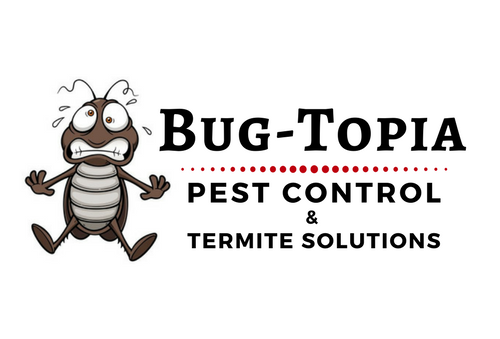South East Queensland Bees, Hornets & Wasps – Identification and Facts
Bees, Hornets, and Wasps of Gold Coast, Brisbane and Queensland
Hornet, Wasp and Bee Removal GC, BNE, and QLD
The best way to deal with a bee, wasp, or hornet infestation is to move or destroy the nest. This can be dangerous for non-professionals, so if you identify a nest on your property, contact us right away for hornet, wasp, or bee removal in South East QLD.
Bees, wasps, and hornets might all enter structures through gaps in your foundation, doors, windows, or walls. Weather-sealing and caulking these gaps will help keep them out. You should also keep bee and wasp-attracting substances like loose garbage away from your structure.
Signs of a Bee, Hornet, or Wasp Infestation
Honey bees nests or hives have an unmistakable honeycomb look. They usually dangle in trees or the sides of buildings vertically. These nests are golden, pale brown, or cream-coloured. Wasp and hornet hives are made out of regurgitated wood and look paper-like. They’re usually built into structures.
Bees, wasps, and hornets spend most of their time around their nests and their respective food sources. Bees continuously seek nectar from nearby flowers. Wasps and hornets are opportunistic foragers and predators. They’re particularly attracted to sweet, sticky liquids and garbage.
Appearance
-
Size: Bumblebees range in size from 1/4 to 1″. Honeybees measure 1/2 to 5/8″. Wasps usually measure around 3/8 to 5/8″. Hornets are around 3/4″ long.
-
Colour: Bees and wasps are black with burnt yellow or golden brown stripes. Honeybees and bumblebees have gold, black, or brown-ish fuzz on their upper abdomens. Hornets are black and may have white banding.
Identification
Behaviour and Diet
Bees survive on the nectar of flowers and the honey they produce using that nectar. When worker bees ingest nectar, they’re actually storing it in a specialised stomach that breaks down the nectar’s complex sugars into simpler ones, transforming it into honey. Bees use honey as a stored food source for winter.
Wasps and hornets have a much more diverse diet than bees. Some solitary wasps may feed on nectar, but they’ll also eat garbage, fruit, carrion, honeydew, rotting food, insects, spiders, arthropods, and other pests. They can adapt their diets based on nearby food availability.
Types of Bees, Hornets, and Wasps
 |
Honey Bees
Over 20,000 species divided into seven families, categorized in the clade Anthophila within the larger superfamily Apoidea. The most common honeybee, the Western or European honeybee, is Apis mellifera. |
 |
Bumblebees Bumblebees, which also feed on nectar, belong to the Bombus genus within the family Apidae (itself a part of the superfamily Apoidea). There are a few species of bumblebee in Australia. |
 |
Wasps “Wasp” is a broad term for any insect in the order Hymenoptera and the suborder Apocrita that is not a bee or an ant. All eusocial wasps and most commonly known wasps belong to the Vespidae family of wasps. This family includes the common wasp or European wasp, Vespula vulgaris. |
 |
Hornets Info coming soon |
Scientific Order: Hymenoptera
Family and Common Species by classification:
Reproduction and Life Cycle
All bees undergo metamorphosis through the development stages of egg, larvae, pupa, and adult. The hive’s Queen bee lays eggs in honeycombs repeatedly for her whole life. Eggs take around 3 days to hatch. Larvae remain in their honeycomb cells, where they’re fed by workers until they pupate. Pupation takes anywhere between 15 days to a month. After pupating, adult bees emerge ready to perform their role within the hive.
Eusocial wasps undergo a life cycle similar to bees. A wasp queen can lay up to 25,000 eggs in her lifetime. After they hatch, wasp workers feed larvae for 1 to 3 weeks, at which point wasps pupate. Other wasps are solitary, which means they mate and forage alone. These wasps may lay eggs on prey, so their offspring can consume the prey as a food source when they hatch.
Other Characteristics
- Bees are eusocial, which means many live together as one “superorganism” wherein different castes perform different roles. There are three castes within a bee colony: the Queen, drones, and workers. Queens produce eggs, drones mate with other Queen bees, and workers maintain the colony.
- Bees and wasps can both sting people. Bees only sting defensively. Honeybees die after using their stinger, while bumblebees can sting repeatedly. Wasps can also sting and will do so to defend themselves and hunt. Like bumblebees, they can sting repeatedly.
- Honeybees and bumblebees have a distinctive “fuzz” or hair on their abdomens and thoraxes. Wasps, on the other hand, are shinier than bees and possess no fuzz. Wasps are also thinner and more aerodynamic, whereas bees tend to be rounder.

